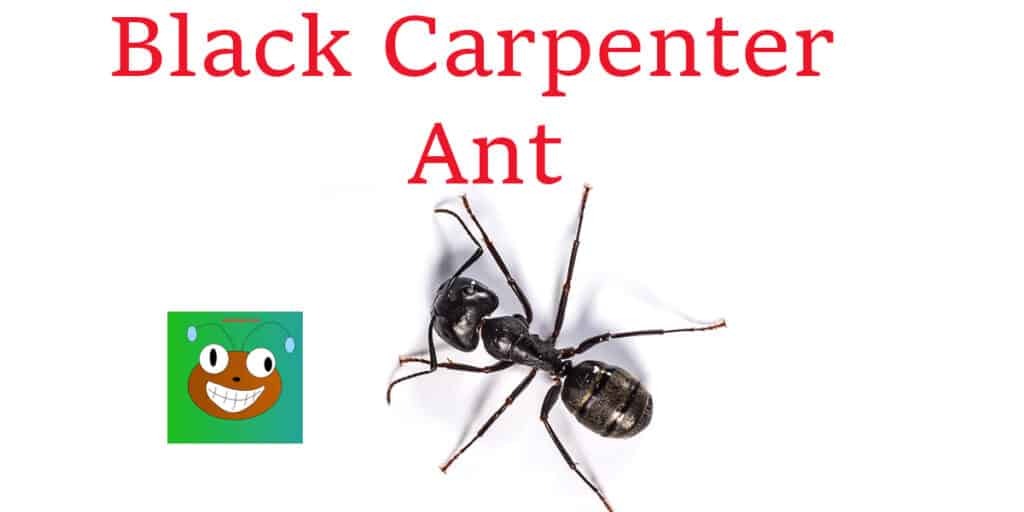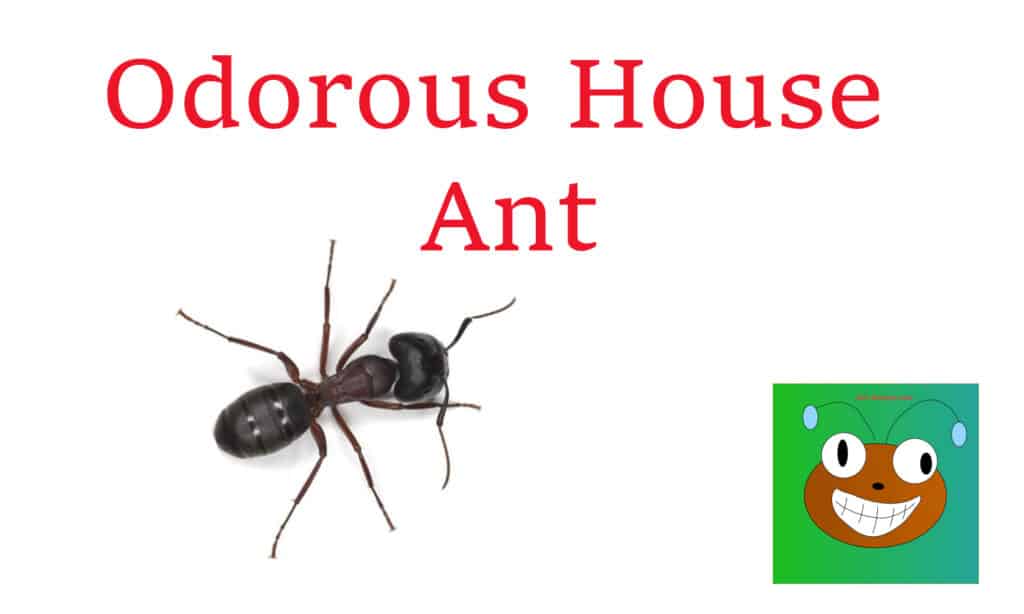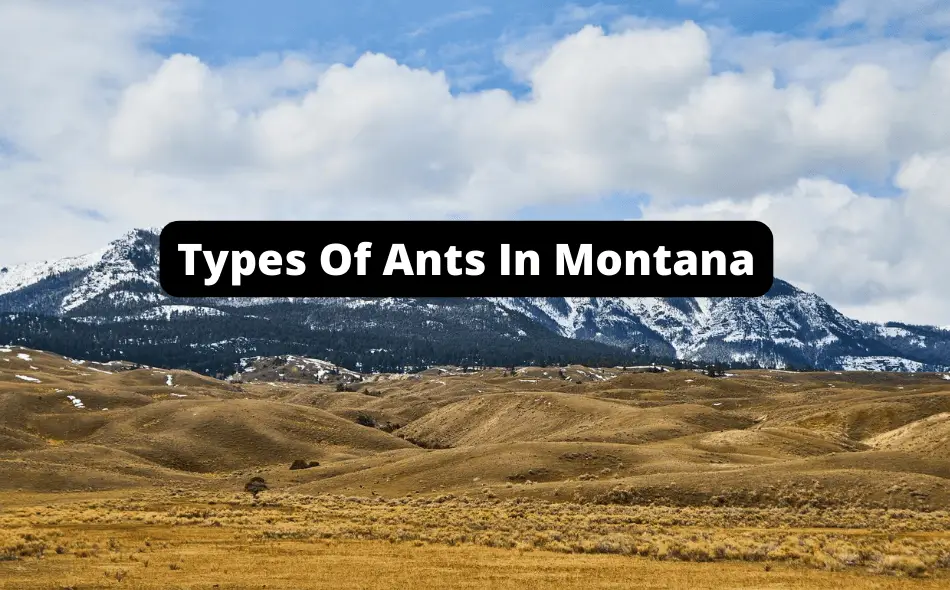Montana, located in the northern part of the United States, is known for its vast open spaces, rugged mountain ranges, and abundant wildlife.
If you’re a nature lover, Montana is the place for you!
You can explore the beautiful Glacier National Park, one of the top destinations in the state, or visit Yellowstone National Park, where you can witness the world-famous Old Faithful geyser erupt. Montana is also home to world-renowned trout fishing streams and rivers like the Madison, Gallatin, and Missouri Rivers.
But let’s not forget about the state’s unique ecosystem and fascinating wildlife, which includes grizzly bears, bison, and wolves.
If you’re an outdoor enthusiast, Montana offers everything from skiing and snowboarding to hiking and biking trails, making it a paradise for adventure seekers.
So, while Montana may not have the city life of other states, it certainly has much to offer those seeking an unforgettable outdoor experience.
While all of this is nice, we can’t forget the cool ants that are in Montana. These ants listed below would be perfect to start your ant-keeping journey, as they’re well-adjusted to Montana’s humidity, water, and temperature!
Types Of Ants In Montana
Montana is LOADED with really cool ants; these include: Adams’ Mound Ants, American Ants, Black Field Ants, Blond Field Ants, Blunt-haired Mound Ants, Boreal Carpenter Ants, Bright Divided Ants, Bright Mound Ants, Broadsword Mound Ants, Broken Ants, Carpenter Ants, Colorado Field Ants, Cornfield Ants, Cryptic Field Ants, Curious Mound Ants, Dakota Mound Ants, Dark-bellied Mound Ants, Dogwood Guest Ants, Downy Mound Ants, Flat-haired Mound Ants, Fuzzy Mound Ants, Hairy Pheidole’, “Hewitt’s Mound Ants”, ‘Hidden Mound Ants, High Mound Ants, Highland Ants, Hill Mound Ants, Horsehair Mound Ants, Impolite Mound Ants, Incomplete Ants, Isabelline Mound Ants, Labor Day Field Ants, Less Shady Fuzzy Ants, Light-headed Mound Ants, Little Hairless Rover Ants, Lobe-fronted Ants, Mossy Thin Ants, New York Carpenter Ants, Odorous House Ants, Overgrown Mound Ants, Pale Field Ants’, “Pergande’s Mound Ants, Podzol Mound Ants, Red-bearded Mound Ants, Ruddy Slave-making Mound Ants, Shaded Fuzzy Ants, Silky Mound Ants, Silver Mound Ants, Slave-making Ants, Slender Ants, Small Mound Ants, Small-lined Acrobat Ants, Somewhat Silky Mound Ants, Spurious Field Ants, The Green Monomorium, Thief Ants, ‘Western Black Carpenter Ants, Western Carpenter Ants, Western Funnel Ants, Western Harvester Ants, Western Mound Ants, Wide-Footed Field Ants and Wrinkled Divided Ants.
Carpenter Ant
Carpenter ants got their name because they dig wood to make their nests, creating neat tunnels within the wood.
These ants will only chew and burrow through the wood to build nests; Interestingly, they do not consume wood.
Carpenter ants’ length ranges from 12 to 25 mm depending on the species.
Carpenter ants that are black are frequent pests, but these insects can also be all-black, all-red, or all-brown.
When mature, the black western carpenter ants colony has ten to twenty thousand workers.



Incredibly, some big colonies have more than fifty thousand ants.
In most territories, there is only one active, wingless Queen. The colony must be older than two years before the production of swarmers takes place (potential new queens).
Instead, swarmers are produced the year before and kept in the nest during winter in preparation for the ensuing years’ dispersal.
In the east of the US, swarmers arrive from May through August, whereas in the west, they appear from February till June.
Cornfield Ant
Small, light, or dark brown, the Cornfield Ant is a common ant found outside in meadows and cornfields.
In addition to these ants mainly breeding around decaying logs or trunks, you may find eggs in the ground behind big stones, bricks, pavements, etc.
Nevertheless, the American kind is more closely related to decaying tree trunks, logs, limbs, and dense fallen leaves, as seen in forest environments (in the rainforest).
This is because there is more excellent shade. As a result, the Lawn Ant is another name that is sometimes used to classify these ants. Workers are 2.5-4mm in size, with males ranging from 3-4.5mm. The queens are usually bigger, around 4-9m.
Cornfield ants consume sweets, mainly honeydew, produced by aphids, microscopic bugs, and other insects.
Although they occasionally enter houses for nourishment, they seldom build their nests inside.
Cornfield ants are found almost everywhere in the United States, except in the far southern or southwest regions.
Some people believe the cornfield ant is the most common insect on the continent.
Flat-Haired Mound Ant
Colonies of flat-haired mound ants contain diverse worker sets that are red and black.
Workers are relatively few for the size and needs of the nest.
However, colonies are enormous, and nests cover the hills frequently connected through the sagebrushes.
These colonies do not like being messed with, and put up a fierce fight in defense.
The flexor side of the mid and rear tibiae has a dual row of hairs, although they only have a few bristles.
The ants have a length of around 11-13 mm. Foraging activity takes place high in the pine forest canopy.
These ants often build their nests in the ground that is thatched with pine boughs but in stony and gritty soils.
They can also be seen making their nests in decaying logs and trunks. From late June through mid-August, nesting includes breeding and reproductive material.
The nest location is usually chosen in an open space, free of shelter.
Their nests start at a little plant base, with the use of thatching being widespread.
The finished nest is a substantial mound of gathered debris.
Hewitt’s Mound Ant
This particular ant species has lighter brown limbs on a darker brown body. There are many standing hairs upon the ventral crown of the scalp, vertex, mesosoma, tip of the tail, and internal combustion.
However, there are no frequent upright hairs in the propodeum. Hewitt’s mound ants are spread throughout the US, including in Mexico’s Chihuahua. This type of ant can be found in stone and dirt piles approximately 20 cm in height and 50 cm in circumference. These mounds are frequently thatched, although nests can be discovered under rocks, wood, or stumps.
In nesting, brooding is typically in July and August. The species are dominated by Formica puberula and Polyergus mexicanus, so they breed alongside Camponotus Modoc.
The records show ten places widely dispersed northwest of the Alps Biome, Coniferous Woodland Biome, Warm Desert, and Cold Desert.
Habitats can be discovered in dead sagebrush trunks, amid the stems of a trumpet vine plant, or beneath stones.
Incomplete Ant
This ant lives in deciduous woods that produce enormous polygynous (several queens) or polydomous (countless nests) communities on damp soil and mossy hills.
Formicoxenus Provencher, a parasitic ant, lives there as its host.
Although the boreal Myrmica Alaskensis and the peaceful M. Incomplete seem identical, they may be distinguished with a deeper look.
The clypeus protrudes upwards and has a recessed edge in M. Incomplete, yet is squashed and has a curved edge in M. Alaskensis, as well as the baia on the neck, which is reticulate (cap) in M. Incomplete and yet concurrent in M. Alaskensis.
These differences are helpful morphological characteristics to differentiate between the two similar species.
Odorous House Ant
The worker-odorous house ants are around 3mm long and black to dark brown.

Additionally, they have antennae that resemble a long stick.
Crushed, odorous house ants produce a pungent, rotten coconut-like stench that gives these insects their name.
Odorous house ants build their nests indoors next to moist areas, such as heaters, heater cavities along hot water pipes, under leaking fixtures, and on termite-damaged wood.
Outside, odorous ants are frequently discovered on bare soil or beneath firewood piles. Odorous house ants enjoy eating sweets and particularly enjoy consuming honeydew.
Occasionally, they eat other things, such as pet food or insects. Approximately tri-monthly, they often relocate their nests because of rain.
They create new colonies following mating flights at the end of spring and summer.
Colonies are also split by the budding process, in which a queen leaves her nest with some workers to start a new colony elsewhere.
Pale Field Ant
Pale field ants get their name because they prefer to construct their homes outside and only occasionally go inside in their quest for sweet food.
Therefore, treatment is typically not required when tiny numbers are discovered within homes, as they don’t usually stay long.
Nevertheless, if field ants swarm homes outdoors in the summertime, they can cause extensive damage to gardens or lawns.
Field ants can bite if their colonies are disturbed, and their stings are very unpleasant. Some species also squirt acid into the attack, which makes it even more painful.
Depending on the region, adults will grow to be 1/8 to 3/8th of an inch in length.
Mating can be found in the colonies prematurely in April. Males congregate near the nesting opening at dusk in sunny states with early sunshine.
Across the species, individuals are frequently attracted to lights, whereas flying queens are not. The real mating flying time occurs in the mornings, even though males are often captured by quick lighting during nightfall.
Shaded Fuzzy Ant
The shaded fuzzy ant is found everywhere in North America.
They are commonly observed in northeastern America’s open environments like farmlands, old pastures, other premature ecosystems, coastlines, and sandy beaches.
However, this subspecies almost solely builds its homes in open spaces, usually in holes or behind stones.
The irises of this subspecies workers are typically large, deep brown in coloration, with a size of 4.7 mm.
The flexor side of the front tibia has less than six upright hairs, whereas the apical has several of them.
The queens need recipient workers to establish colonies because they are Lasius social parasites.
The host workers overlook the eggs its queens produce until the parasite workers supplant the donors.
The organism simulates its organic underground habitat with its preferred 60 – 80 percent humidity levels.
Thief Ant
Among the tiniest species of domestic ants is the thief ant. They received their name because they tend to build their nests near or inside those of other ant colonies, which they subsequently raid for food and eggs.
Although they can have numerous queens and thousands of workers, their colonies are typically smaller than other ant species.
While they have different traits, thief ants and pharaoh ants can frequently be mistaken.
Due to their preference for fatty meals and sweet delights, these ants are sometimes called grease ants or sugar ants.
The majority of the Eastern US is home to this species.
The bodies of thief ants range in color from light brown to pale yellow. They are usually 1.5 mm – 2.2 mm in size. Their body is irregularly shaped, with their thorax appearing to lack spines. But their waist comprises two nodes.
Western Harvester Ant
The Western Harvester ant seems to be an issue in America.
These ants frequently consume seeds, as suggested by their generic name.
Workers of Pogonomyrmex also hunt for arthropods (just Pogonomyrmex).
These ants are about 6.5 to 10 mm in length.

Dry, gritty hard materials are perfect for constructing harvester ant homes.
Usually, these ants are found in a hole or a dome in the middle of a tiny ridge, where a group of compact stones frequently encircles and acts as a nest’s entry marker.
Some arid species lack a mound and just hide in cracks and crevices.
The nest’s diameter ranges from 1 to 10 meters, and its tunnels can go as deep as 5 meters.
The vicinity of the nesting is often bare of any vegetation, and certain species’ colonies can contain around 10,000 ants.
Individual colonies can last 14 to 50 years and hold up to 80 nests every acre.
From each nest, a hunting path may span 60 meters.
Large stretches of land may have minimal vegetation in areas with lots of nesting activity.
